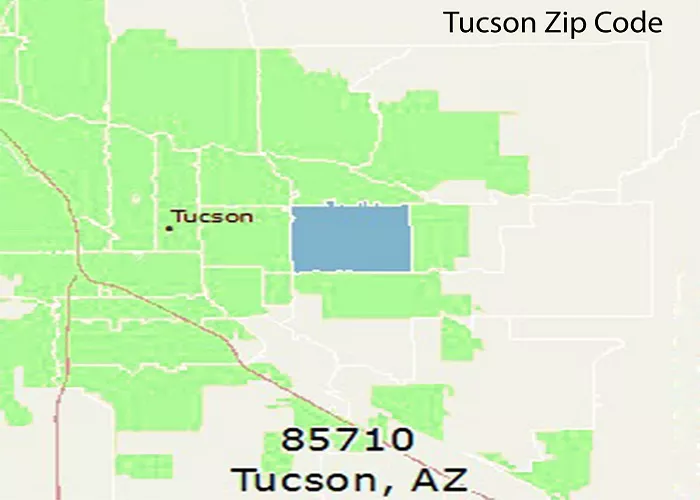Tucson, Arizona is a sprawling desert city with a complex network of zip codes serving its diverse neighborhoods and surrounding areas. Understanding Tucson’s zip code system is essential for mail delivery, online shopping, real estate searches, and demographic research. This comprehensive guide explores Tucson’s zip codes from multiple perspectives, providing detailed information about their geographic distribution, historical development, and practical applications. ZIP codes of Tucson is essential for various purposes, including mail delivery, demographic analysis, and regional planning.
What is ZIP Codes
ZIP codes are a system of postal codes used by the United States Postal Service (USPS) to efficiently deliver mail. Each ZIP code corresponds to a specific geographic area, which can range from a small neighborhood to a large region. In Tucson, ZIP codes help identify different parts of the city and are crucial for services like mail delivery, emergency response, and demographic studies.
Primary Tucson Zip Codes
Tucson has several major zip codes that cover its central metropolitan area:
- 85701: Downtown Tucson and surrounding urban core
- 85705: University of Arizona campus and adjacent neighborhoods
- 85711: Central Tucson, including Reid Park area
- 85712: Eastside neighborhoods near Tanque Verde
- 85715: Northwest Tucson including Casas Adobes
- 85730: Oro Valley (northern suburb)
- 85741: South Tucson and the airport area
- 85743: Southeast side including Vail
- 85745: Davis-Monthan Air Force Base
- 85750: Catalina Foothills affluent area
Geographic Distribution of Zip Codes
Tucson’s zip codes follow a logical geographic pattern:
-
- Numerical sequence: Generally increases from south to north and west to east
- Urban core: Lower numbers (85701-85719) cover central Tucson
Suburban areas: Higher numbers (85730-85757) serve outlying communities
- Mountain areas: Specific codes for foothills and mountainous regions
- Military bases: Unique codes for Davis-Monthan AFB and other installations
- Rural areas: Separate codes for surrounding desert communities
Historical Development of Tucson’s Zip Codes
Tucson’s zip code system has evolved with the city’s growth:
- Original codes: Established in 1963 with the national ZIP code implementation
- Expansion: New codes added as Tucson expanded into surrounding desert
- Special allocations: Military and university areas received dedicated codes
- Recent changes: Some boundary adjustments to accommodate population shifts
- Future projections: Potential new codes as growth continues in outlying areas
Importance of ZIP Codes
ZIP codes play a crucial role in various aspects of daily life and governance:
- Mail Delivery: Ensures accurate and timely delivery of mail and packages.
- Emergency Services: Helps in dispatching emergency responders to the correct locations.
- Statistical Analysis: Facilitates demographic studies and resource allocation.
- Business Planning: Assists businesses in market analysis and location planning.
Accurate knowledge of ZIP codes is essential for residents, businesses, and government agencies alike.
Conclusion
Tucson’s zip code system provides an organized way to navigate this sprawling desert city, with codes ranging from 85701 in downtown to 85757 in the far northern suburbs. Understanding these codes helps with everything from mail delivery to business planning to demographic research. While the central codes cover Tucson’s urban core, outlying numbers serve growing suburban communities and special areas like military bases. For visitors, newcomers, or businesses, knowing Tucson’s zip codes is essential for effective navigation and communication in southern Arizona. For more geographic information about Arizona and other States, consult detailed mapping resources.

